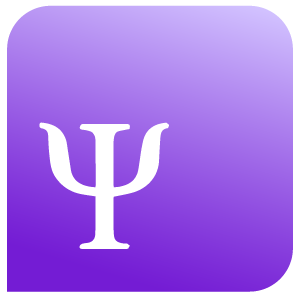Pessary management for the general gynecologist
- The most common pessary used by gynecologists is the ring with support pessary. Multiple sizes of the ring with support are available. For patients with complete procidentia, the Gellhorn pessary is used most commonly. The majority of patients can be successfully fit with a pessary at their first visit.
- Current evidence does not show an increase in pessary-related adverse effects in uncomplicated patients who undergo a vaginal exam less frequently than the traditional 3-month interval. Therefore, it is reasonable to space out pessary checks to every 6 months in uncomplicated patients using a support pessary.
- Over the counter vaginal support devices are available for the treatment of SUI (Impressa®Poise). Patients can purchase a support device and sizing kit for self-management of SUI.
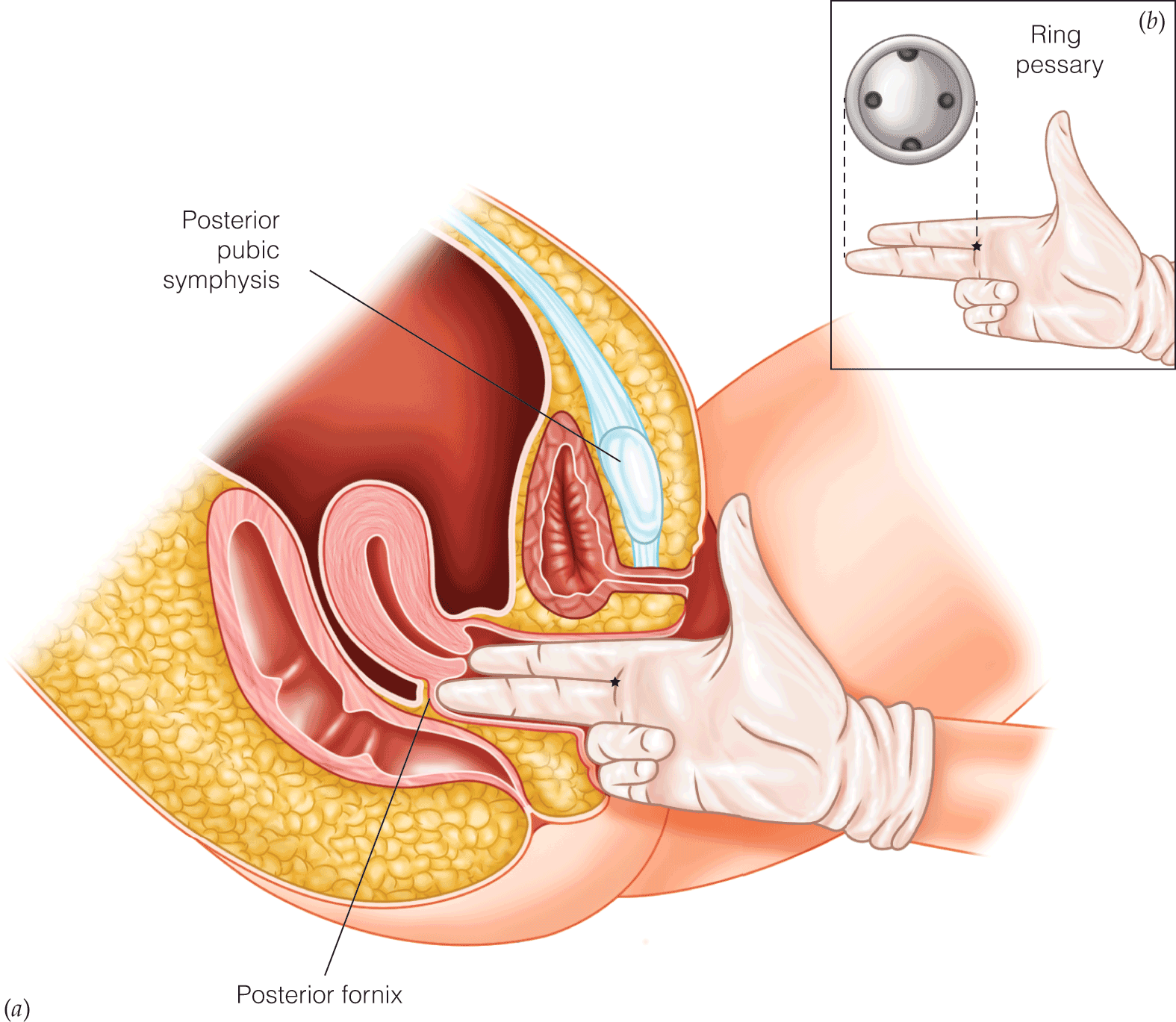
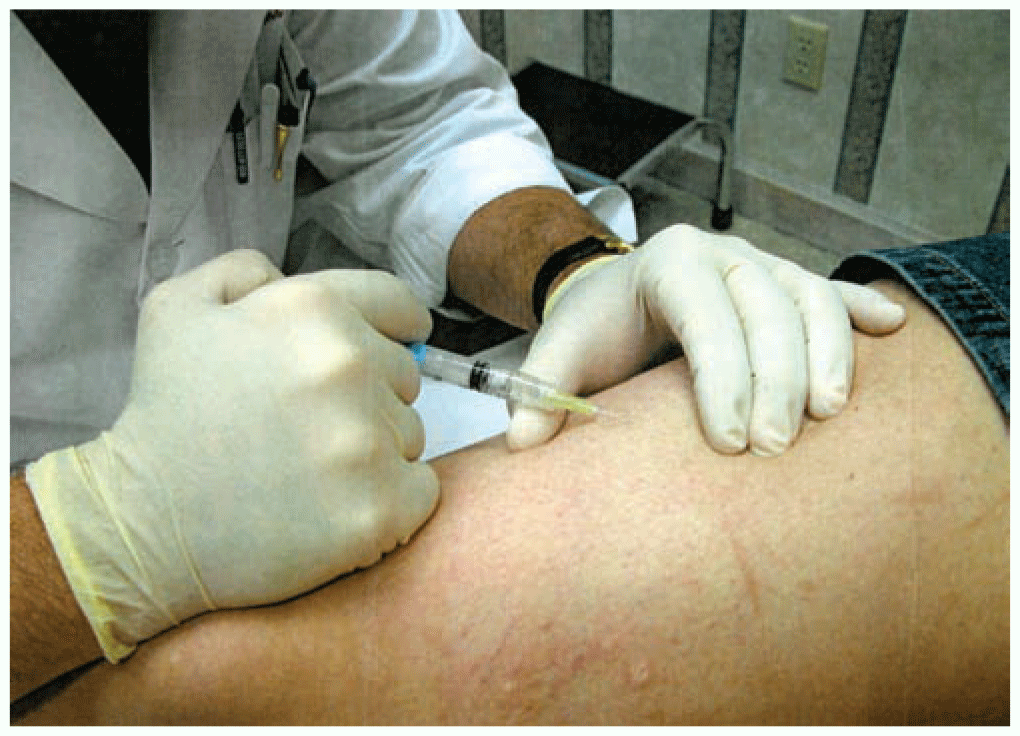
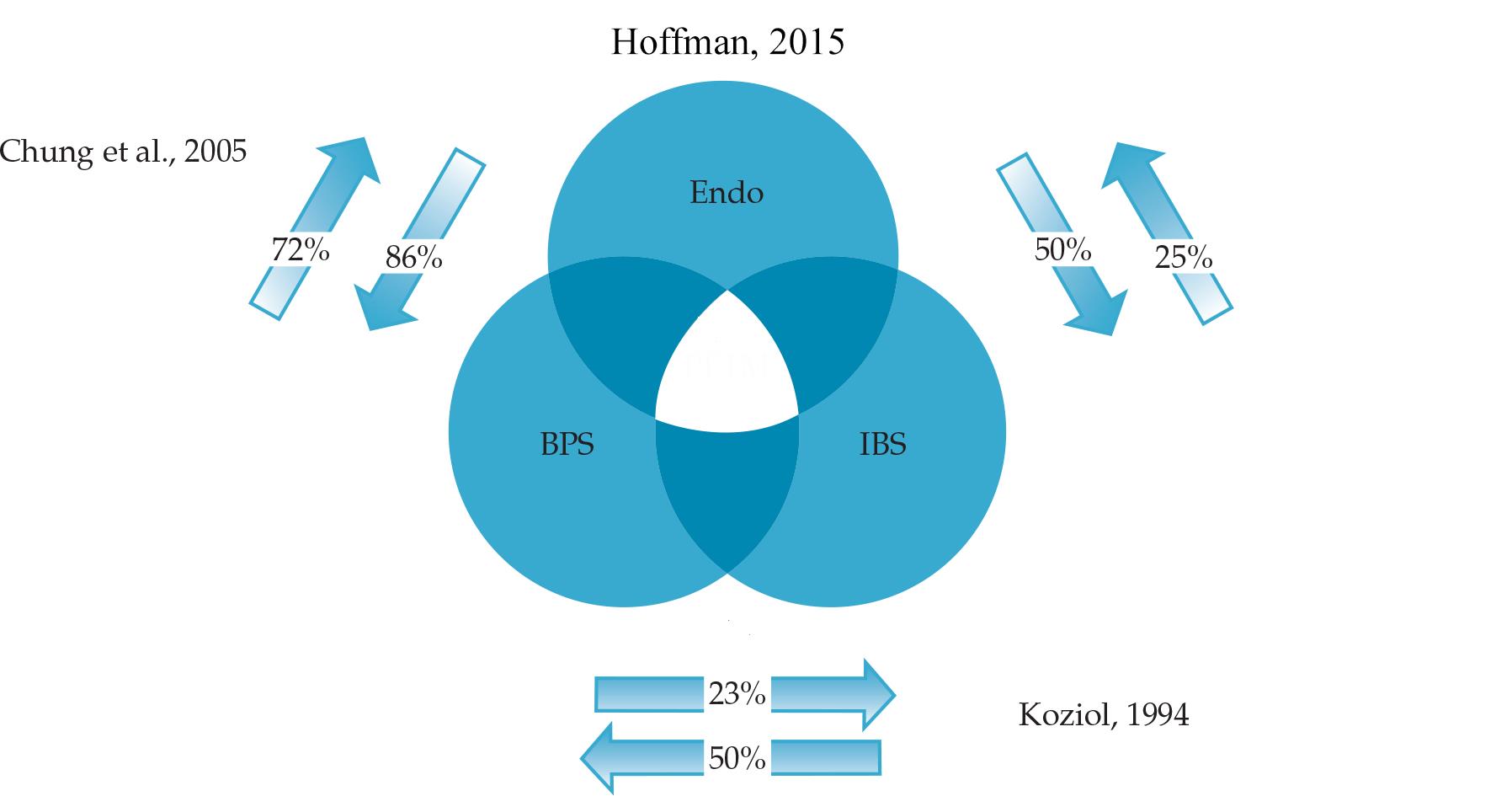
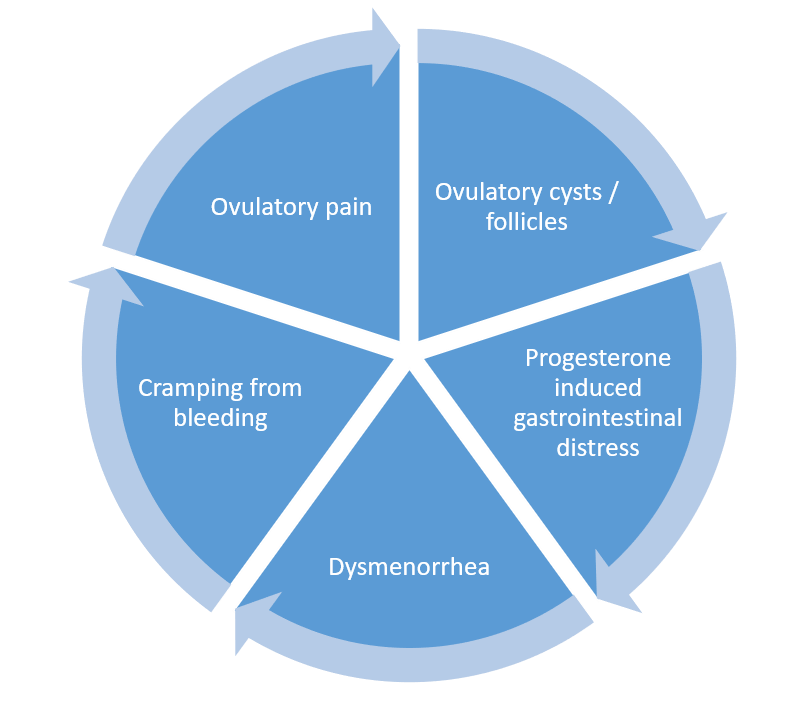

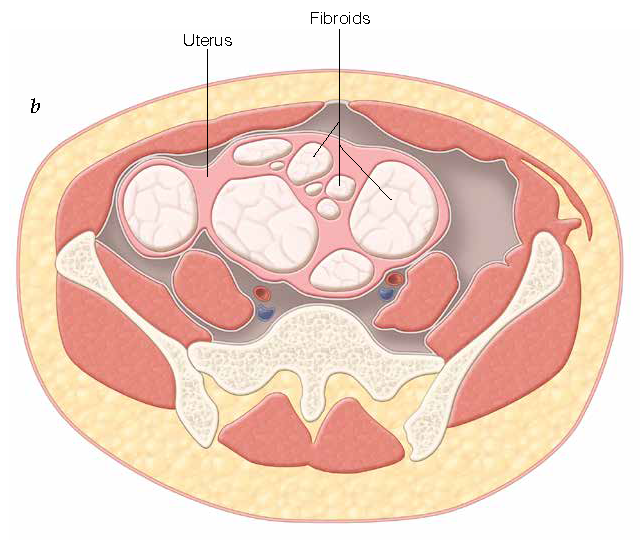
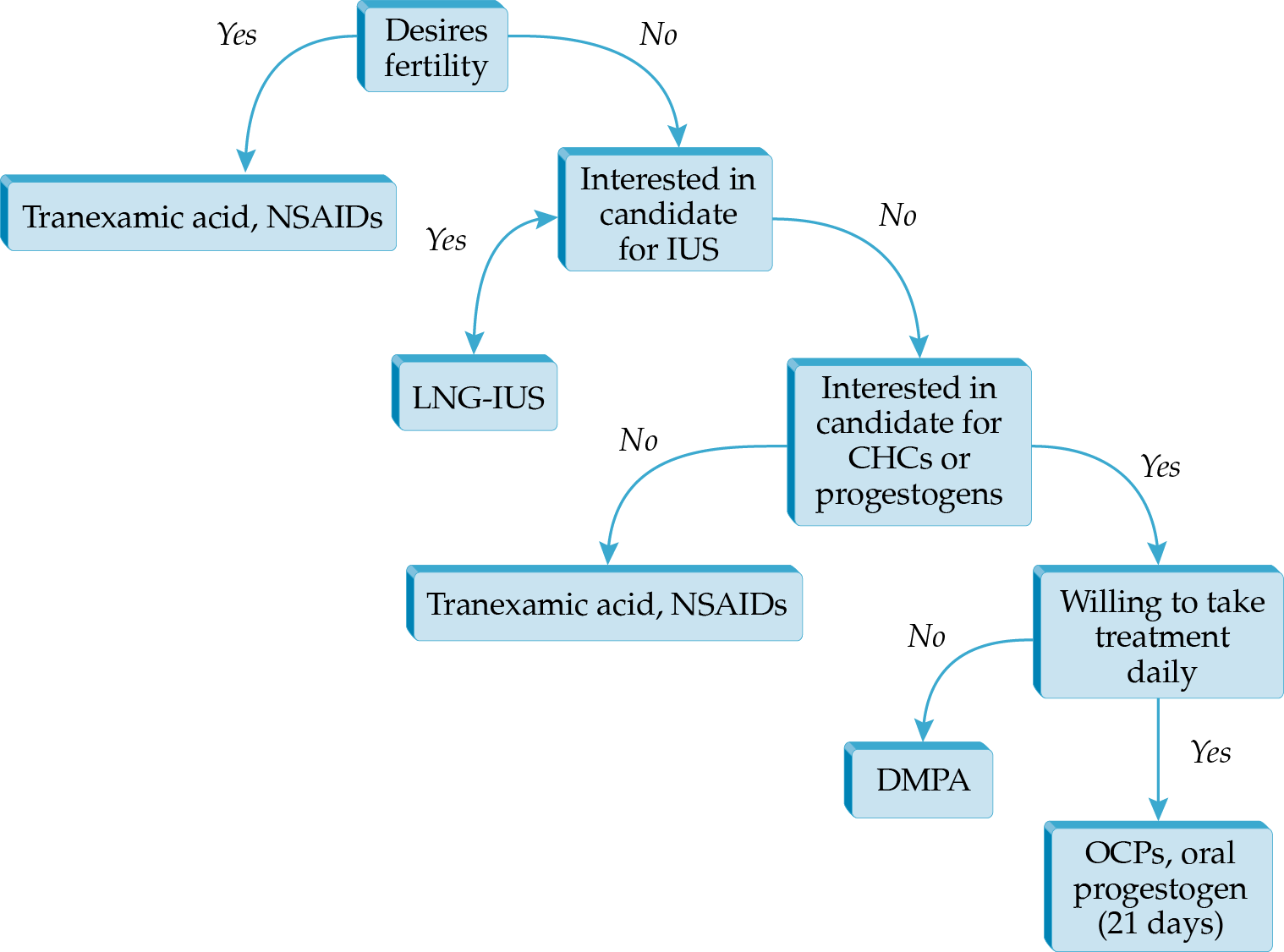
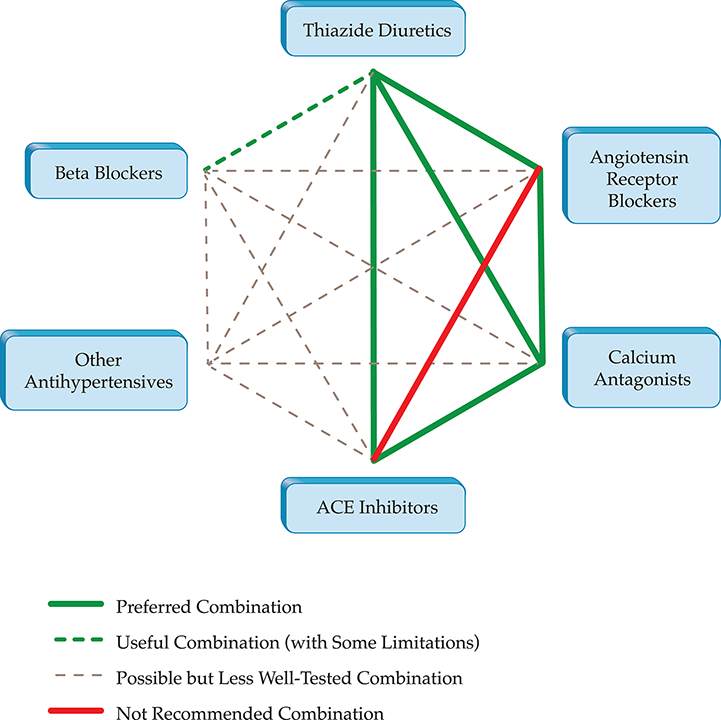


.png)





